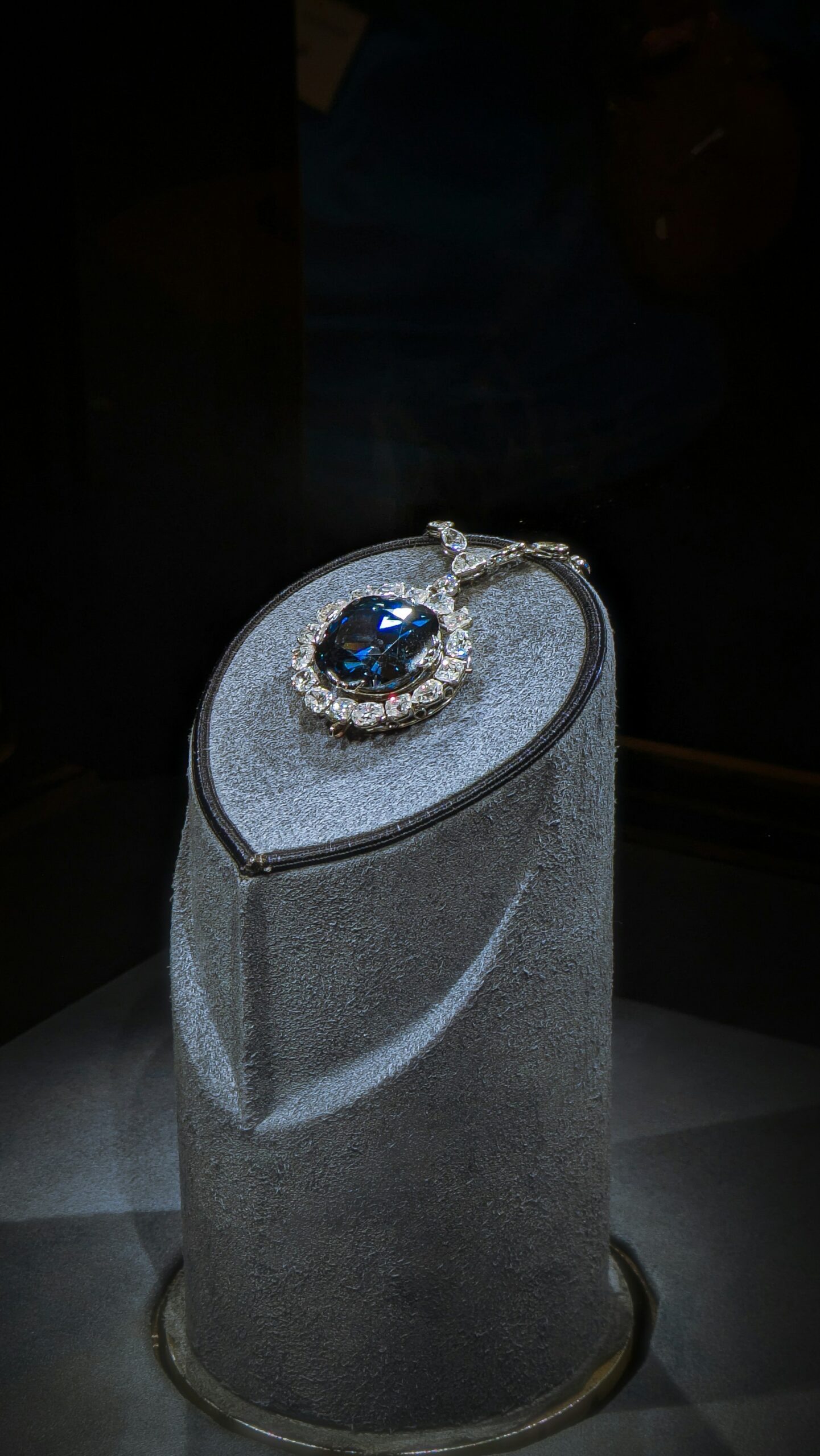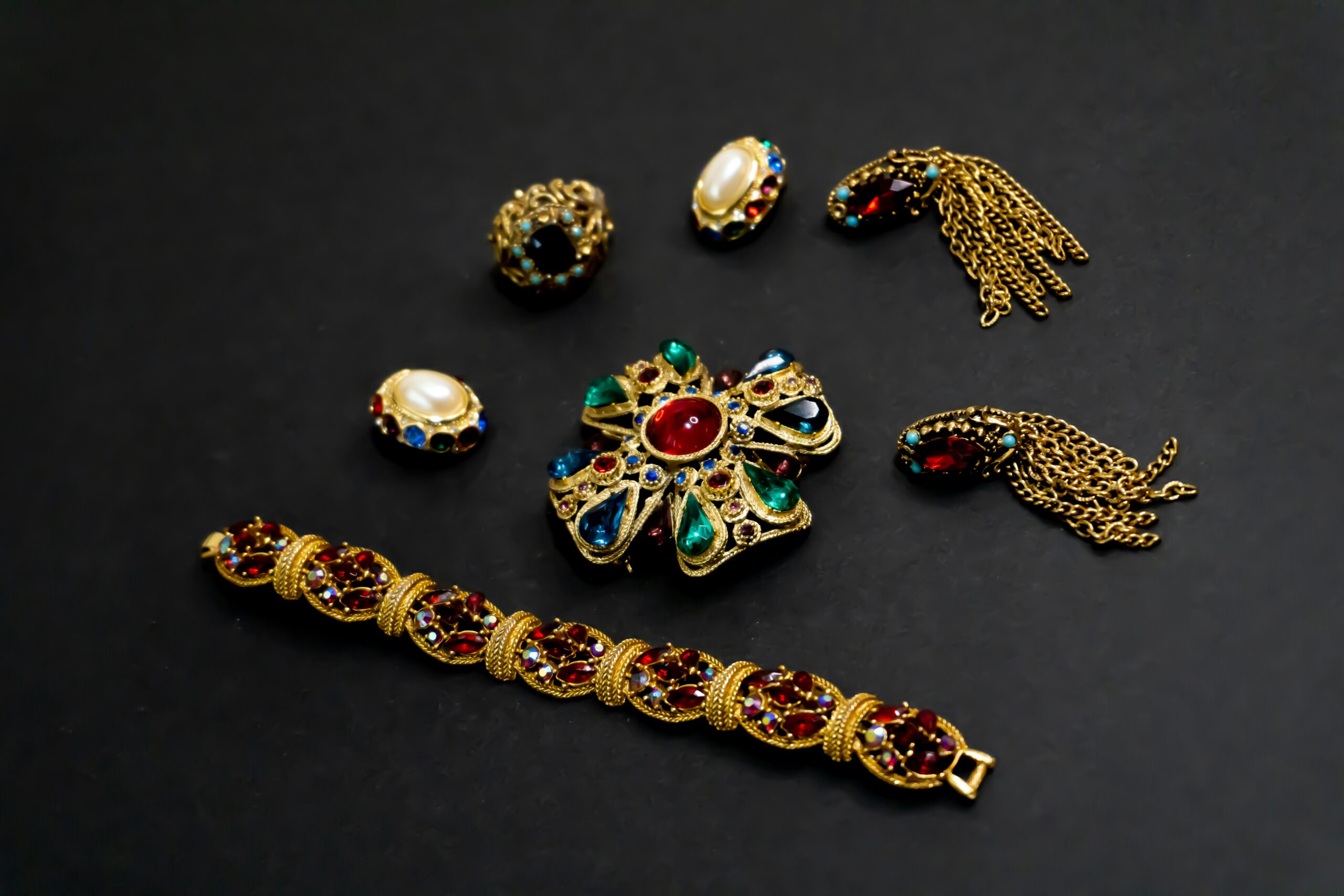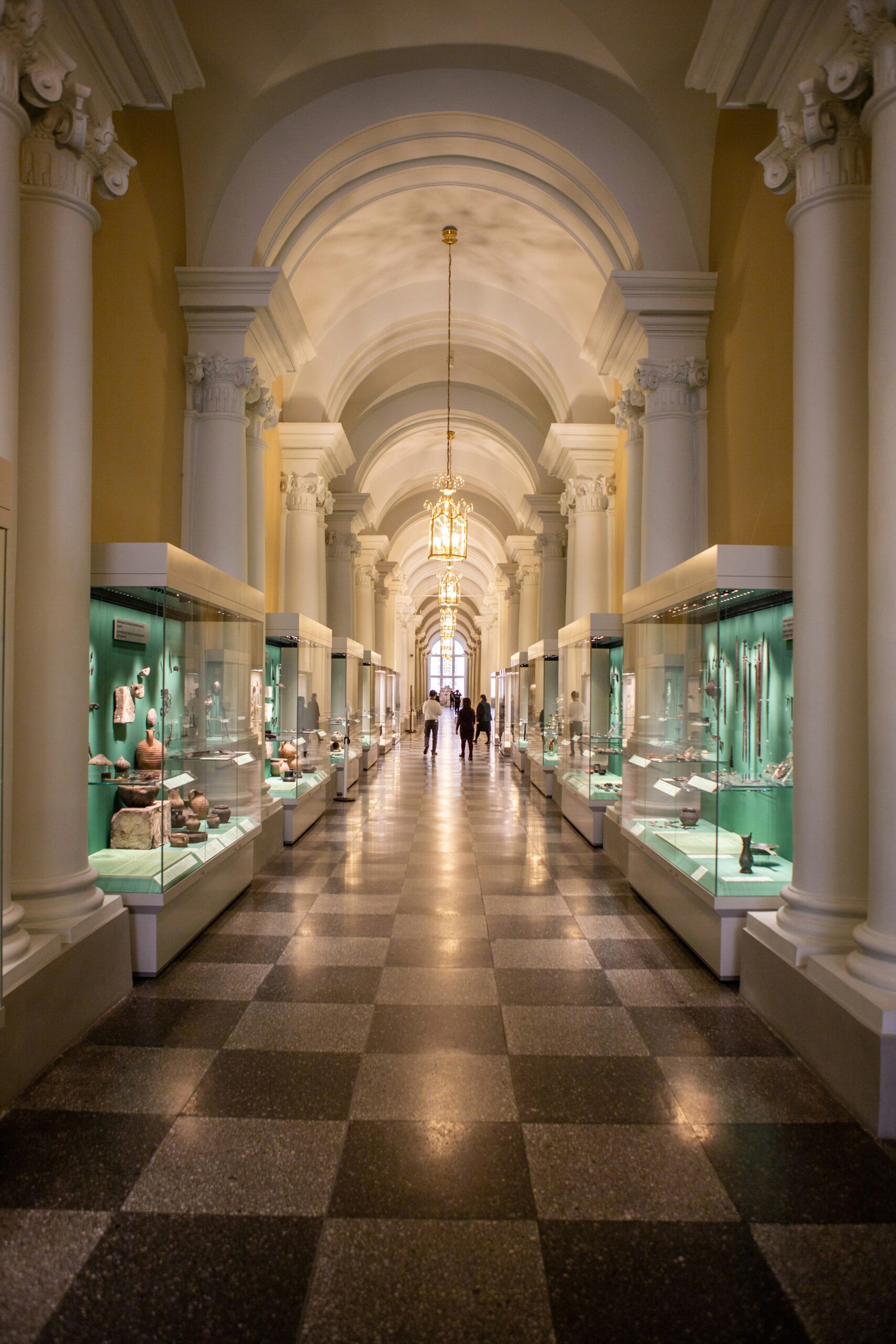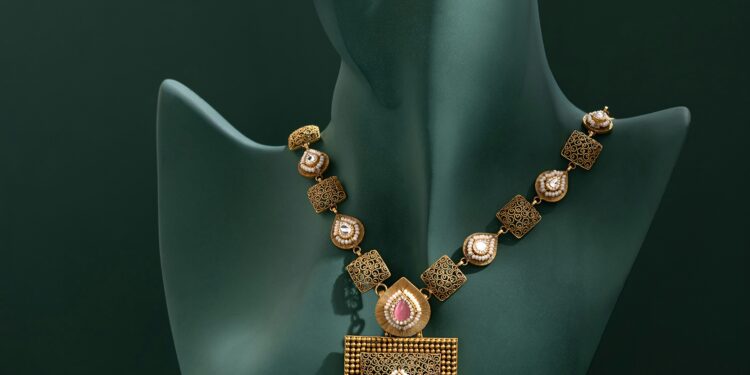The audacity of the seven-minute daylight robbery at the Louvre’s Galerie d’Apollon was shocking, but the true devastation lies in what was plundered. This was not only a theft of high-value objects; it was also a devastating attack on the history of French haute joaillerie. The jewels stolen—diadems, necklaces, and brooches from the 19th-century royal and imperial courts—were not simply ornaments. They were glittering, wearable blueprints of style, designed as potent political statements of wealth, power, and high fashion. Their likely fate, to be broken down and sold, means the permanent obliteration of a priceless aesthetic history.

The Lost Legends of French Style
The missing treasures belonged to a succession of France’s most influential women, their personal style defining the eras of their rule.
At the summit of 19th-century glamour stands the legacy of Empress Eugénie, wife of Napoleon III. The Spanish-born Empress was Europe’s undisputed style arbiter, her taste dictating the fashion of an entire continent. Stolen from her collection was the magnificent Pearl and Diamond Tiara, an exemplar of the Rococo Revival she so passionately championed. Adorned with over two hundred pearls and nearly two thousand diamonds, its delicate, flowing design captures a moment in fashion when dazzling excess was the ultimate expression of imperial confidence. Equally tragic is the loss of her Large Corsage Bow Brooch, an artful study in technical brilliance. Worn high on the bodice, its colossal size and articulated diamond streamers illustrate the dramatic, three-dimensional jewelry trend that anchored the voluminous silhouettes of the mid-19th century.

In stark contrast to Eugénie’s theatricality, the Emerald Necklace and Earrings of Empress Marie-Louise speak to the more rigid aesthetic of the First Empire. Commissioned by Napoleon I in 1810, this parure—a perfectly matched set—was an explicit piece of political propaganda. Its design, by the celebrated Maison Nitot, uses large, clean-cut Colombian emeralds set among over a thousand brilliant diamonds. It adheres to the severe, symmetrical style of the Neoclassical period, a visual declaration of the Emperor’s desire to establish a powerful, classical Roman pedigree for his new dynasty. The vivid green was meant to symbolize dynastic hope and imperial prosperity.
Bridging these imperial ages is the sapphire set of Queen Marie-Amélie and Queen Hortense. The stolen Sapphire Tiara, Necklace, and Earring are a testament to the fragile continuity of the Orléans dynasty. Pairing deep-blue Ceylon sapphires with scintillating diamonds, the set embodies a regal sobriety. Notably, the original parure was prized for its clever adaptability, a practical hallmark of early 19th-century jewelry that allowed the Queen to reconfigure her treasure for varying court occasions. The theft of a single earring is a wound that fragments an already rare historical ensemble.
The Craftsmanship Catastrophe
The certainty that these historic pieces will be broken apart is the true catastrophe for the fashion and art worlds. The monetary value of the raw stones is rendered secondary by the irreplaceable historical genius of the craftsmanship. These are masterpieces of joaillerie created by hand, without the aid of modern technology.

The precise pavé settings, the careful manipulation of gold and silver alloys, and the intricate filigree that holds thousands of stones are a tangible record of vanished artisanal skill. To melt the metal and recut the stones is not merely a material loss; it is the obliteration of the master goldsmiths’ signatures, erasing the historical and aesthetic context that made these jewels magnificent. Once separated from their original settings, the individual gems lose their direct, glittering link to the figures who once defined the glamour and political might of France.
The empty glass vitrines in the Louvre are a sombre monument to this cultural devastation. The robbery has not just deprived the world of treasure; it has silenced a crucial chapter in the grand, dramatic history of French style.

















